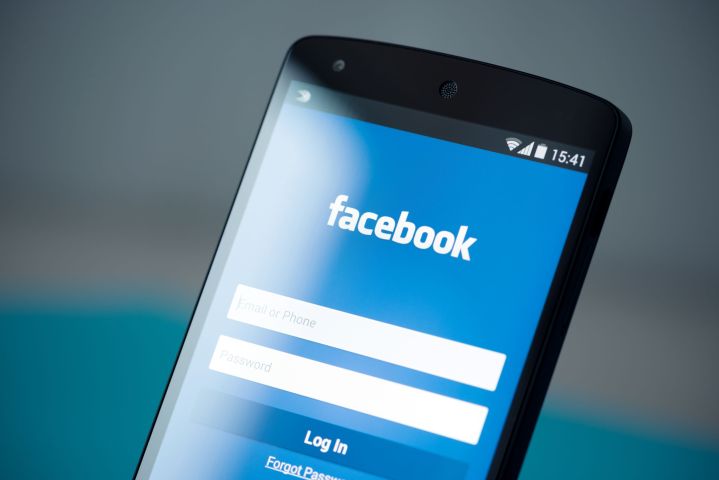
That’s up an average of 10 minutes from the 40-minute per-day mark Facebook reached in July 2014, when Facebook was a largely American enterprise. But now that the network has expanded its reach across the globe, more people are spending more time online — or rather, on
Facebook’s empire extends far beyond its original web platform, now encompassing a whole family of apps and experiences. From photo editing to virtual reality, it seems as though the 12-year-old company has its hands in all sorts of cookie jars. But chief to its success remains its dominance on mobile. Those 50 minutes a day users spend on its various apps translate to ever-burgeoning ad revenue numbers. According to the recent earnings report, ad revenue rose 56.8 percent to $5.2 billion, and mobile ad revenue accounted for 82 percent of total ad revenue. That’s up 9 percent from last year’s 73 percent.
While there may be some competition in the video space from players like Snapchat, which recently reported that its 100 million daily users watch 10 billion videos a day, Facebook still looks dominant in most sectors across the board.
“The company consistently ‘warns’ about higher spending, but they consistently manage their spending to deliver earnings upside. They’re an impressive company, and they leave very little room for criticism,” said Wedbush Securities analyst Michael Pachter.
Despite disappointing numbers from other players in the industry — Apple recently saw its 13-year winning streak end in terms of its own revenue — Facebook is giving investors something to “like.”
Editors' Recommendations
- Facebook’s massive outage saw millions sign up for rival apps
- More than Bloomberg: Facebook OKs influencers working with political campaigns
- WhatsApp ends support for millions of smartphones around the world
- Instagram has more ads than ever and it’s all Facebook’s fault
- Facebook, Instagram, and WhatsApp are finally back online and working properly


